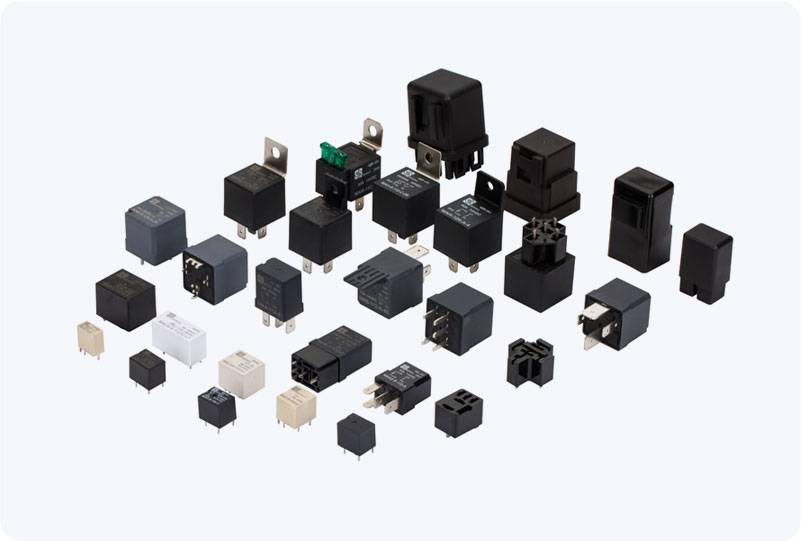Relays are essential components in modern vehicles, playing a critical role in controlling various electrical systems. These electromagnetic switches control components like the starter motor, fuel pump, headlights, and cooling fans. However, like any electrical component, relays can fail, leading to malfunctions in the vehicle’s systems. Understanding the common failure modes of relays in cars can help diagnose issues and prevent costly repairs. This article explores the primary causes and symptoms of relay failures in vehicles.

1. Worn or Burned Contacts One of the most common failure modes in car relays is worn or burned contacts. A relay operates by creating an electrical connection between two terminals through an internal contact. Over time, the constant opening and closing of these contacts can cause them to wear out, making it difficult for the relay to complete the electrical circuit effectively. In some cases, the contacts may even burn due to the high current passing through them. Symptoms: If a relay’s contacts become worn or burned, the system it controls may not work properly. For instance, a malfunctioning fuel pump relay could cause the engine to stall or prevent the engine from starting altogether. Similarly, a faulty starter relay might prevent the car from starting.